Introduction to the self-powered generator. – Fueless generator.
Sometime ago, in one of our regular engineering arguments with a couple of classmates at school, a friend brought up the topic of a generator which runs itself, and it sounded too good to be true to the most of us. When it comes to science and engineering, you will be amazed at what you can achieve, he said.
So, I went on and did a bit of research on it so as to fully understand its principle, and here on steemit, I will be sharing the information I've gathered on the self-powered generator. This principle involves the use of an alternator and an electric motor connected in such a way to generate electric current automatically, without the use of any fuel whatsoever.
Now you might be imagining, this will be a hell lot of construction to put in play, but it might shock you to find that constructing this can be as easy as learning the ABC. hopefully, at the end of this article, you will have an idea of how this can be done.
When I was researching on this, I was like why the hell are we still in an age of generating electricity with Petrol using the regular combustion engine considering the effects this has on humans? now I don't mean just the cost of purchasing petrol or diesel for running those machines but also including the bad effect it has on our environment such as noise pollution, the poisonous gas released during the process and so on.
Hence, there is need to come back to the drawing board with respect to getting a more efficient means of electricity and this might just be the saviour most have been crying out for.
As bad as it may sound, power has been, and it still is one of the major problems In some countries here in Africa and other parts of the world. Even with the introduction of alternate means of power generation like the solar system, electricity production to the common man still seems to be a major problem as the conventional solar systems makes use of batteries which can be high in cost and installation and still needs a source of energy which is the sun.
There is need for an advancement in this method of producing electricity, and as reading and putting this article into use is big step to a world free from electric power problems which includes high cost of electric bills.
I will start with getting us familiar with the two major components of this generator and the principle on which they operate and we shall start with the alternator.
ALTERNATOR (Electric Generator)
An alternator is an electrical generator which has its application in many parts of engineering. It is a device which convert mechanical energy to electrical energy in form of alternating current.
For the reason of less cost and simplicity most alternators today makes use of a rotating magnetic field with a stationary armature and occasionally some happen to be made a linear alternator or a rotating armature having a stationary magnetic field.
The alternator is sometimes referred to as an AC electric generator simply giving a picture of a device with the ability to generate electric current.
OPERATING PRINCIPLE.
According to Faraday's law, the movement of a conductor relative to a magnetic field develops an electromotive force, This developed emf reverses polarity when moved through magnetic poles of an opposite polarity.
In a typical manner, a magnet called a rotor is made to rotate within a set of stationary conductors wound in a coil on an iron core normally referred to as the stator. The magnetic field cuts across the conductors, thus generating An induced EMF.
As rotation in magnetic field occurs there is an induction of AC voltage in the stator winding. Thus we can call an alternator an synchronous generator since the currents in the stator winding vary in every step.
Permanent magnets can be used to produce the magnetic field in the rotor winding or better still a field coil electromagnet can be used.
In conclusion an alternator produces electric current according to Faraday's law which entails rotation either by the means of a mechanical system ( eg the steam power alternator which is rotated by a steam turbine) or any other means.
In the case of the self-powered generator, an electric motor will be used to give rotational motion to the alternator by the means of a belt connected between them which transfers the energy from the electric motor to the alternator.
Stick with me as we learn about the electric motor and its role in this amazing generator.
THE ELECTRIC MOTOR
An electric motor is a machine which converts electrical energy into mechanical energy. Unlike the alternator which converts mechanical energy to electrical as discussed earlier, the electric motor gets its power from an electric source which can be an alternator in this case.
Now you are beginning to get the principle, right?, energy conversion from mechanical to electrical and from electrical back to mechanical, let's know more about the electric motor and its components.
Most electric motors operates through interaction between an electric motors magnetic field and winding current for generating the force needed. The electric motor has found applications in many engineering systems such as industrial fans, machine tools, blowers e.t.c and they can be powered by direct currents such as batteries, motor vehicles, and rectifiers or in alternating current of which a good example is an alternator.
Major Parts And Functions
Rotor
The moving part of an electric motor is called the rotor. It's that part which turns the shaft so as to deliver mechanical power. The rotor is constructed such that it has conductors which carries current laid into it which has an interaction with the stator to produce mechanical energy.
Bearing
Bearings support the rotor so as to keep the rotor on a specific axis of rotation. In turn, the bearings are supported by a motor a motor housing which helps keep it in place. there exist a motor shaft which extends through the bearings up outside the motor where the load can be applied.
Stator
This is the stationary part of the electric motor which consists of either winding or a permanent magnet. The core is made of many thin metal sheet which is called laminations.
Air Gap
The space given between the rotor and the stator is known as the air gap and it is generally as small as possible since a large air gap has a negative effect on the performance of the motor.
Windings
This is a term used to represent wires which are laid in coils. They are usually wrapped around an iron magnetic core so as to form magnetic poles when current pass through them.
Commutator
This is a mechanism which is used to bring about a switch input of some DC machines and certain AC machines which consists of slip ring segments insulated from each other and also from the electric motor shaft.
The commutator brings about current reversals and applies power to the machine in an optimal manner. In the absence of a commutator the motor would stop.
With these components, on the application of AC or DC current to the system, the electric motor brings about mechanical energy in form of rotation to drive any system by the use of belts and pulleys.
Since we have discussed the major components of the self-powered generator, we shall now see how connections can be made to bring about this system thus understanding the principle on which it operates.
THE SELF-POWERED ELECTRICITY GENERATOR.
Principle of operation.
• A belt/pulley is used to connect the electric generator (Alternator) and the electric rotor thus transmitting mechanical energy from the electric motor to the generator.
• The rotor is expected to be of lesser watts with respect to the electric generator so as not to consume the power generated by the generator so as to leave an output power which can be used externally for utility purposes.
• The electric rotor will be connected to a battery through a power regulator, the regulator can be that which works on a normal ceiling fan which turns on a knob. This help regulate the speed of the motor.
• The battery through the power regulator would be used to start the generator giving the system an initial energy to start so as to allow for energy build up in the electric generator.
• The electricity generated by the generator is transferred to a socket which is its output.
• A back connection is done from the output of the electric generator back to the electric motor through the regulator so as to regulate the speed of the electric motor (it consist of a transformer which helps step up the voltage produced).
• After a while when the system is fully powered, the initial power used to start the system is removed to give way for the system to run itself, thus the electric generator produces power for the electric motor to keep running and an output power which goes out for utility purposes.
• The net output of this system which goes out for utility can be given as:
Net Output of System = Total power produced – Power used by the rotor
Schematic diagram of the system Below
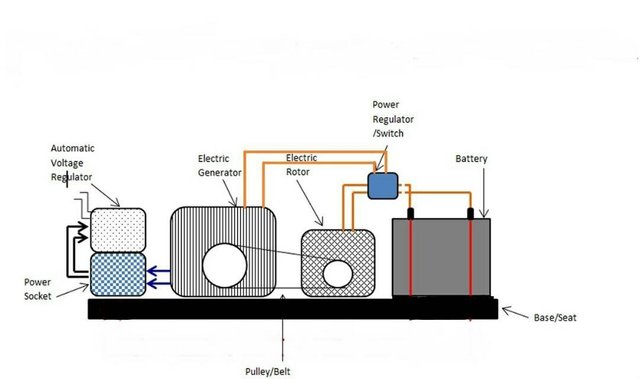 Image source
Image source
And that’s it with its operating principle and as you can notice it is a simple system which can be built with ease.
Other Related Projects
The study of The production of electric power with a generator have added value to humans of which the system of cutting down electric bill I one of them which must be mentioned.
Howard Johnson brought about a method of which electric bills can be cut down by passing a small amount of voltage through a system thus increasing the voltage by the use of alternators connected.
From the project we were meant to understand that passing as low as 12V through the system can generate as much as 16000v which will definitely be less cost in terms of electric bills and this can be an easy build.
Generating power can be easy at less cost with this principle of electricity generator hence giving solutions to troubles faced with respect to other power sources thus making our world a better place to dwell. And as science is still as deep as it gets, we should not stop with respect to digging deeper so as to leave this world a better place than we met it.
I thank the steemit community for giving me the opportunity to share this knowledge on self-powered generators and @steemstem for bringing the science community together.
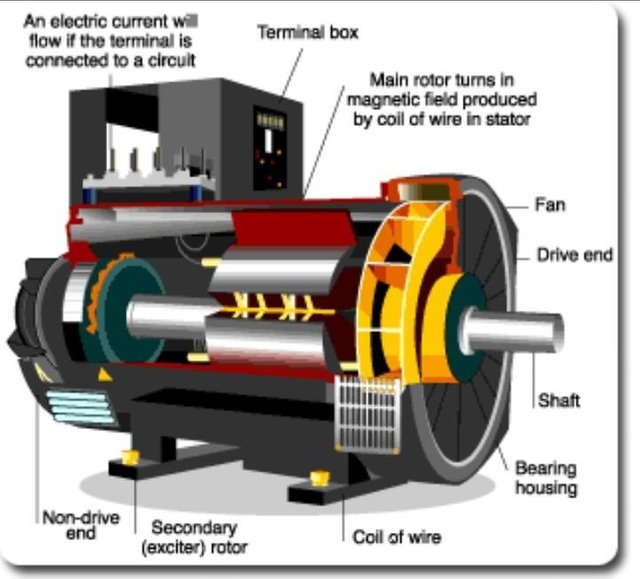
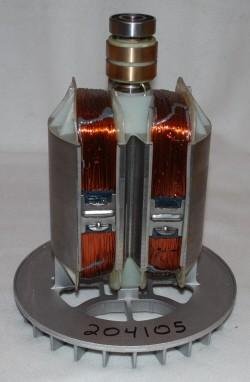
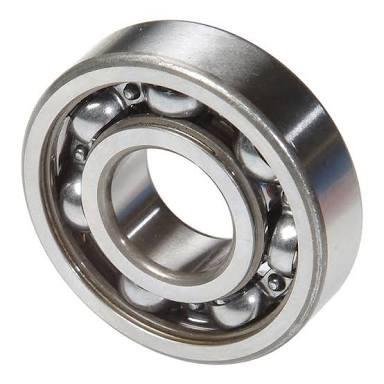
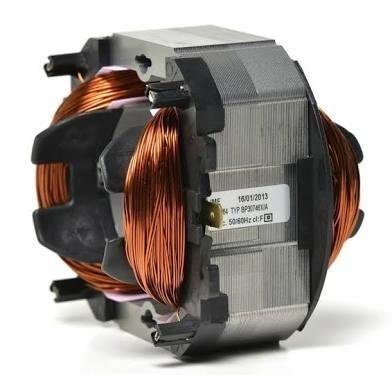
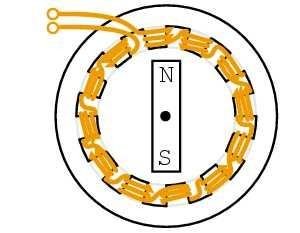
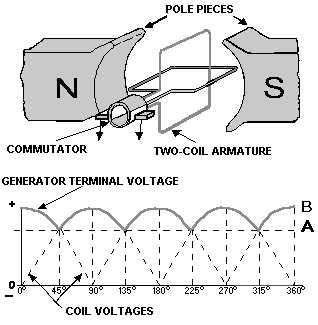


Congratulations @preciousdave! You have completed some achievement on Steemit and have been rewarded with new badge(s) :
Click on any badge to view your own Board of Honor on SteemitBoard.
For more information about SteemitBoard, click here
If you no longer want to receive notifications, reply to this comment with the word
STOP